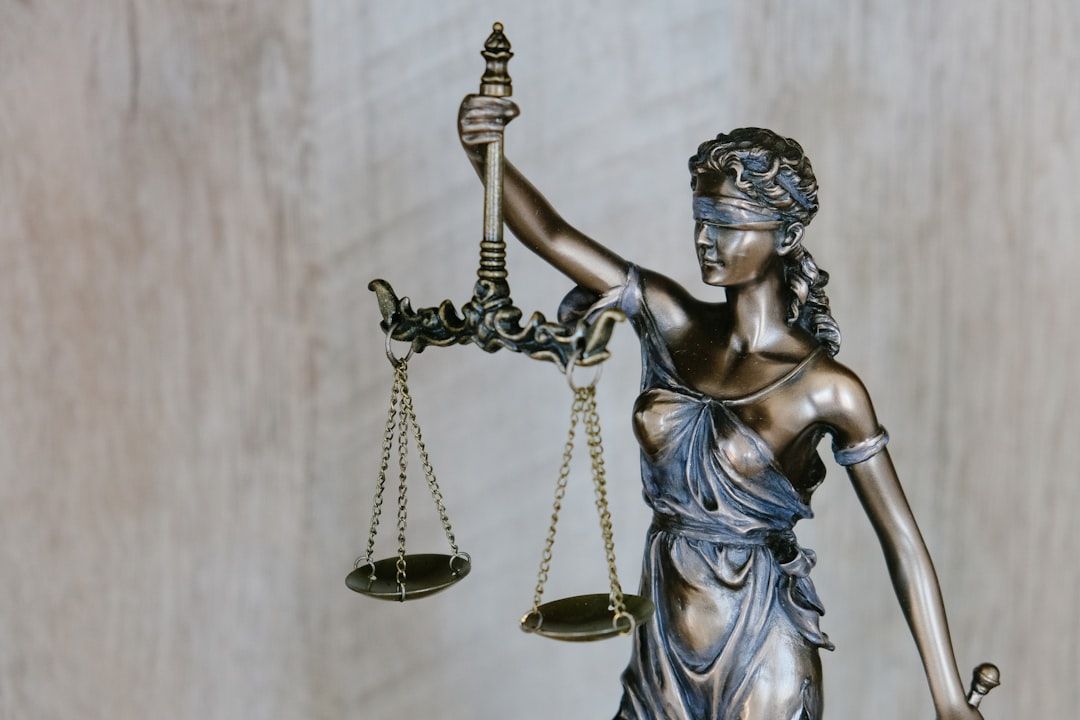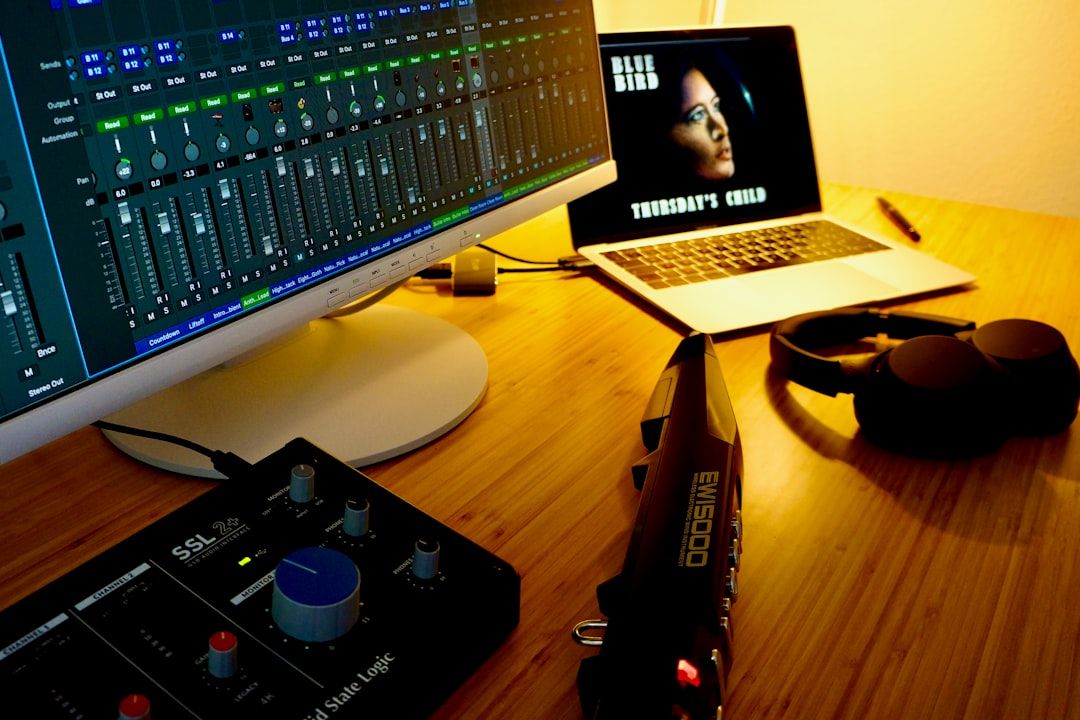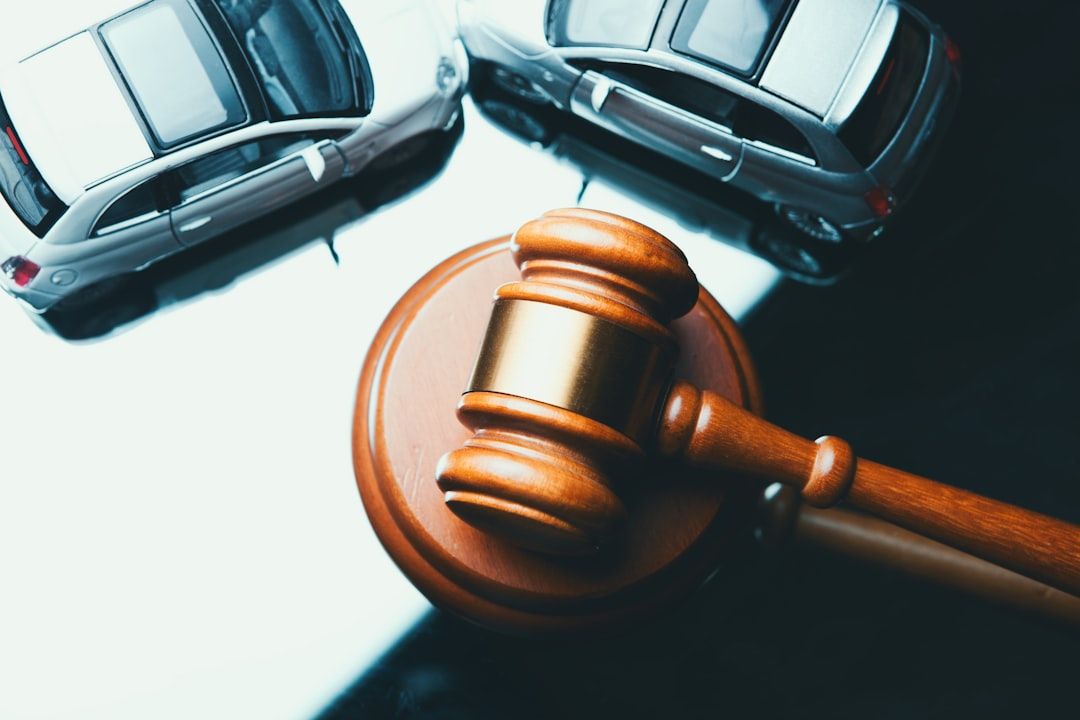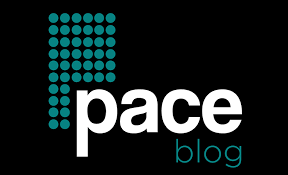YouTube is the world’s leading video-sharing platform, but uploading content isn’t always as simple as pressing “publish.” One common issue that creators face is receiving licensing errors. These errors can lead to demonetization, video takedowns, or even channel strikes if not handled properly. Fortunately, fixing licensing errors on YouTube videos is entirely manageable when approached with the right steps and a clear understanding of copyright policies.

Understanding Licensing Errors
Licensing errors generally occur when YouTube detects copyrighted audio, video, or imagery in your uploaded video and cannot verify that you have proper authorization to use said content. This differs from a Content ID claim, which may still allow you to keep your video live under specific conditions. Licensing violations, however, often result in stricter penalties.
Common causes of licensing errors include:
- Using copyrighted music without a license
- Incorporating clips from TV shows or movies
- Using stock footage without attribution or proper rights
- Misusing content marked as Creative Commons
Easy Steps to Fix Licensing Errors
If you’ve received a licensing error notice from YouTube, follow these straightforward steps to resolve the issue safely and responsibly.
1. Review the Copyright Claim or Notice
Go to your YouTube Studio dashboard, click on Content, and locate the affected video. Click into the Restrictions column to see what parts of your video are in dispute and which piece of media is triggering the error.
2. Identify the Claimant
YouTube will usually list who is claiming the content. This allows you to research the said company or individual and determine whether the claim is valid. Sometimes music libraries or media agencies mistakenly file automatic claims.
3. Check Your Usage Rights
If you believe you had the right to use the content, double-check:
- License agreements from music platforms (like Epidemic Sound, Artlist, PremiumBeat)
- Any correspondence or documentation proving you have permission
- Whether the content was genuinely free for commercial use
Tip: Never assume that material found online is copyright-free—always verify its licensing terms.
4. Replace or Remove the Content
If you lack proper licensing or the claim is valid, your best course of action is to replace or remove the infringing segment. YouTube’s built-in editing tools allow you to:
- Mute the copyrighted audio
- Swap the music with royalty-free tracks from YouTube’s free audio library
- Trim out the offending segment entirely

5. Dispute the Claim If Appropriate
If you have legal grounds and proper documentation proving you hold a valid license, you can file a dispute within YouTube Studio. Be sure to:
- Include links to license documentation
- Keep your message professional and concise
- Expect a response within 30 days
Warning: Filing false disputes or misusing this feature can lead to legal consequences or account penalties.
Best Practices to Avoid Licensing Errors
Prevention is the best strategy. To avoid facing these issues in the future, consider the following best practices:
- Use royalty-free or original content
- When using licensed music or footage, save all agreements or invoices
- Leverage YouTube’s Audio Library—which is vetted and safe
- Ask creators for written permission when using their work
Also, be wary of mislabeled “free use” content. Some sites claim their resources are available under Creative Commons licenses, but the specific terms may still restrict commercial use or require attribution. Always read the fine print.
When to Consult Legal Advice
If the copyright claim is complex or involves potential legal ramifications, it’s wise to reach out to an intellectual property attorney. This is particularly important if your channel is monetized or represents a significant revenue stream.

Conclusion
Licensing errors can seem intimidating, especially to new content creators. However, understanding the cause and following these structured steps can help you fix the issue quickly and safely. Always operate informed, stay transparent with your content usage, and keep thorough records of all your licensing agreements. By doing so, you can continue growing your channel without unnecessary disruptions.

